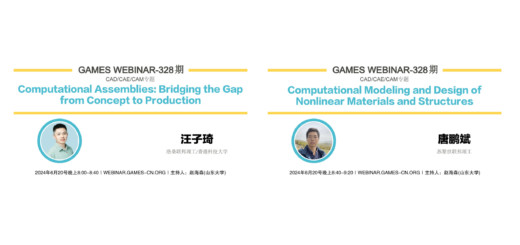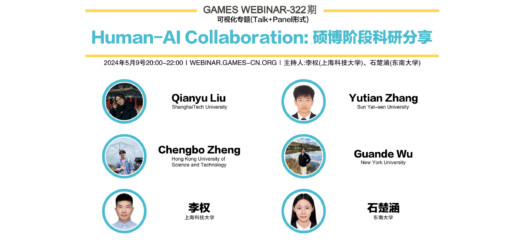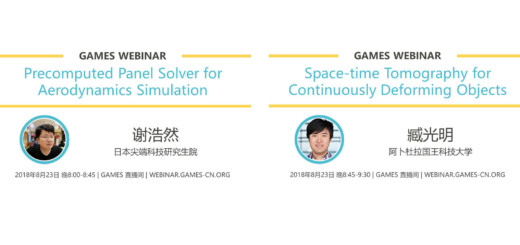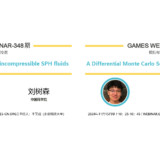GAMES Webinar 2021 – 214期(视觉专题:神经建模最新进展) | Songyou Peng (ETH Zurich & Max Planck Institute for Intelligent Systems),彭思达 (浙江大学)
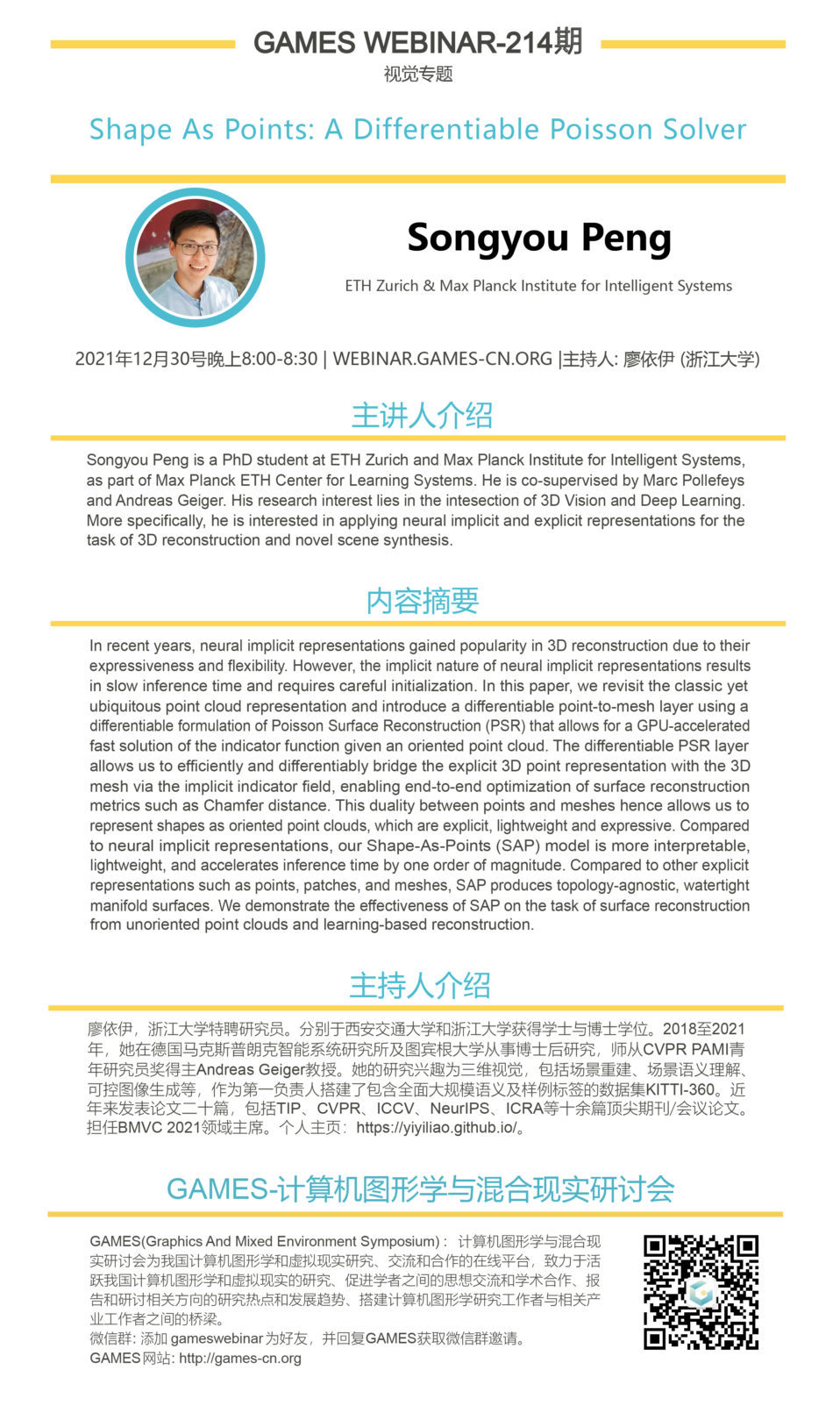
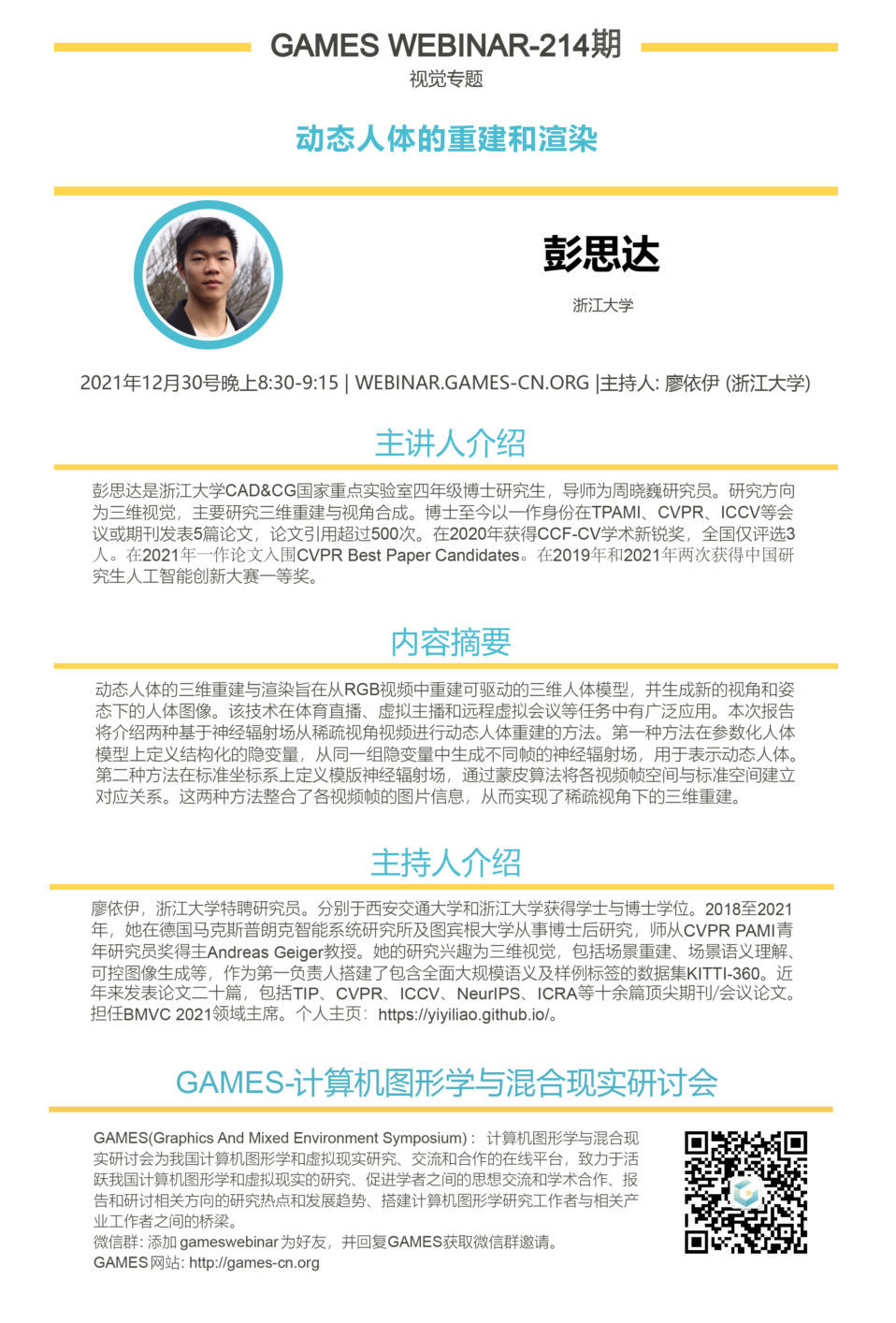
【GAMES Webinar 2021-214期】(视觉专题:神经建模最新进展)
报告嘉宾1:Songyou Peng (ETH Zurich & Max Planck Institute for Intelligent Systems)
报告时间:2021年12月30号星期四晚上8:00-8:30(北京时间)
报告题目:Shape As Points: A Differentiable Poisson Solver
报告摘要:
In recent years, neural implicit representations gained popularity in 3D reconstruction due to their expressiveness and flexibility. However, the implicit nature of neural implicit representations results in slow inference time and requires careful initialization. In this paper, we revisit the classic yet ubiquitous point cloud representation and introduce a differentiable point-to-mesh layer using a differentiable formulation of Poisson Surface Reconstruction (PSR) that allows for a GPU-accelerated fast solution of the indicator function given an oriented point cloud. The differentiable PSR layer allows us to efficiently and differentiably bridge the explicit 3D point representation with the 3D mesh via the implicit indicator field, enabling end-to-end optimization of surface reconstruction metrics such as Chamfer distance. This duality between points and meshes hence allows us to represent shapes as oriented point clouds, which are explicit, lightweight and expressive. Compared to neural implicit representations, our Shape-As-Points (SAP) model is more interpretable, lightweight, and accelerates inference time by one order of magnitude. Compared to other explicit representations such as points, patches, and meshes, SAP produces topology-agnostic, watertight manifold surfaces. We demonstrate the effectiveness of SAP on the task of surface reconstruction from unoriented point clouds and learning-based reconstruction.
讲者简介:
Songyou Peng is a PhD student at ETH Zurich and Max Planck Institute for Intelligent Systems, as part of Max Planck ETH Center for Learning Systems. He is co-supervised by Marc Pollefeys and Andreas Geiger. His research interest lies in the intesection of 3D Vision and Deep Learning. More specifically, he is interested in applying neural implicit and explicit representations for the task of 3D reconstruction and novel scene synthesis.
讲者个人主页:https://pengsongyou.github.io/
报告嘉宾2:彭思达(浙江大学)
报告时间:2021年12月30号星期四晚上8:30-9:15(北京时间)
报告题目:动态人体的重建和渲染
报告摘要:
动态人体的三维重建与渲染旨在从RGB视频中重建可驱动的三维人体模型,并生成新的视角和姿态下的人体图像。该技术在体育直播、虚拟主播和远程虚拟会议等任务中有广泛应用。本次报告将介绍两种基于神经辐射场从稀疏视角视频进行动态人体重建的方法。第一种方法在参数化人体模型上定义结构化的隐变量,从同一组隐变量中生成不同帧的神经辐射场,用于表示动态人体。第二种方法在标准坐标系上定义模版神经辐射场,通过蒙皮算法将各视频帧空间与标准空间建立对应关系。这两种方法整合了各视频帧的图片信息,从而实现了稀疏视角下的三维重建。
彭思达是浙江大学CAD&CG国家重点实验室四年级博士研究生,导师为周晓巍研究员。研究方向为三维视觉,主要研究三维重建与视角合成。博士至今以一作身份在TPAMI、CVPR、ICCV等会议或期刊发表5篇论文,论文引用超过500次。在2020年获得CCF-CV学术新锐奖,全国仅评选3人。在2021年一作论文入围CVPR Best Paper Candidates。在2019年和2021年两次获得中国研究生人工智能创新大赛一等奖。
讲者个人主页:https://pengsida.net/
主持人简介:
廖依伊,浙江大学特聘研究员。分别于西安交通大学和浙江大学获得学士与博士学位。2018至2021年,她在德国马克斯普朗克智能系统研究所及图宾根大学从事博士后研究,师从CVPR PAMI 青年研究员奖得主Andreas Geiger教授。她的研究兴趣为三维视觉,包括场景重建、场景语义理解、可控图像生成等,作为第一负责人搭建了包含全面大规模语义及样例标签的数据集KITTI-360。近年来发表论文二十篇,包括TIP、CVPR、ICCV、NeurIPS、ICRA等十余篇顶尖期刊/会议论文。担任BMVC 2021领域主席。个人主页:https://yiyiliao.github.io/。
GAMES主页的“使用教程”中有 “如何观看GAMES Webinar直播?”及“如何加入GAMES微信群?”的信息;
GAMES主页的“资源分享”有往届的直播讲座的视频及PPT等。
观看直播的链接:http://webinar.games-cn.org
